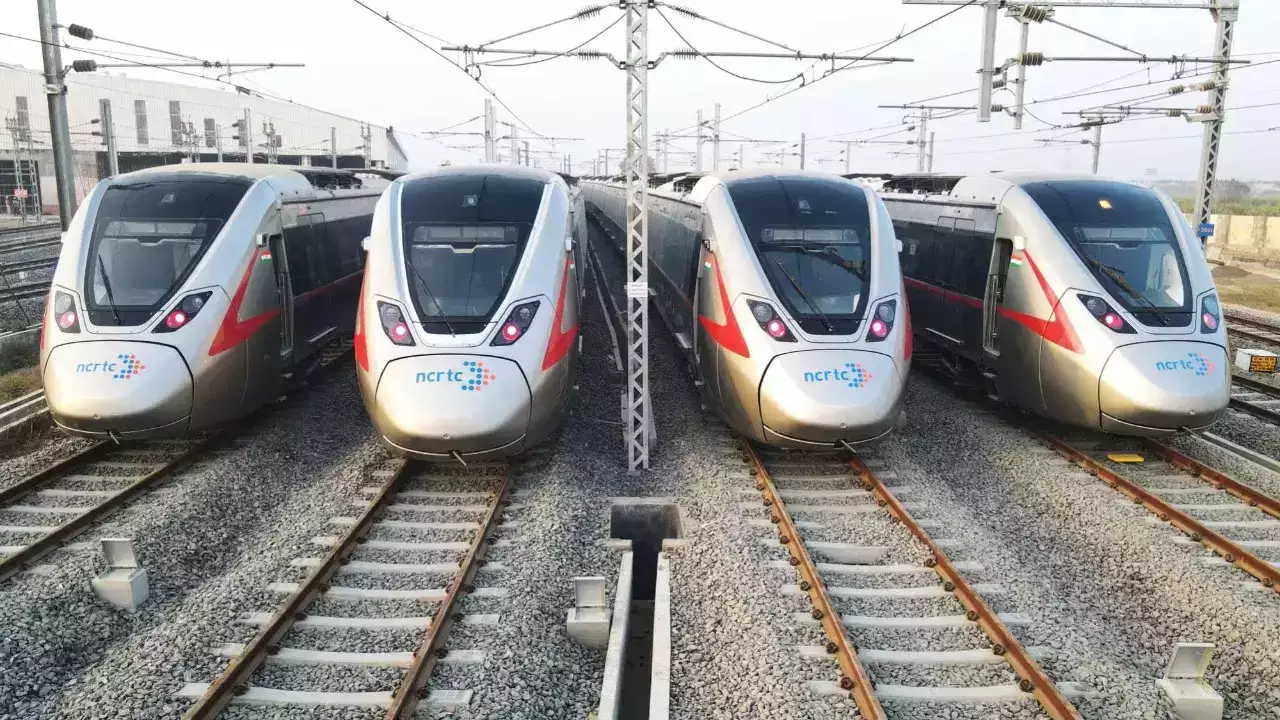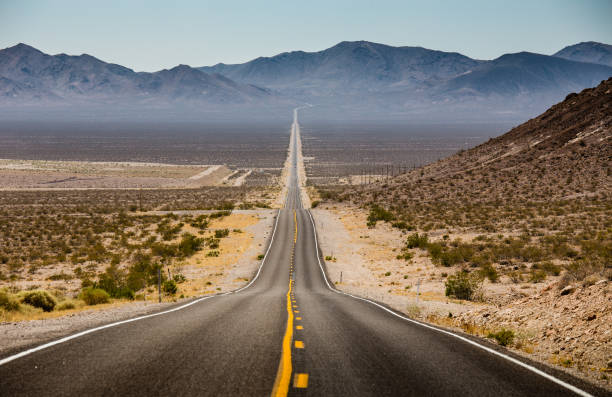All that you need to know about RRTS project

All that you need to know about RRTS project
In Ghaziabad, sources from the National Capital Region Transport Corporation (NCRTC) stated on Monday that the trial runs for speedy trains as part of the Regional Rapid Transit System (RRTS) project are set to commence this month. RRTS full form stands for the Regional Rapid Transit System project in Ghaziabad. Let’s learn all about this latest development through this blog
What is the RRTS project?
Sources from the National Capital Region Transport Corporation (NCRTC) revealed that the trial runs for rapid trains as part of the Regional Rapid Transit System (RRTS) project are anticipated to commence this month. The RRTS project in Ghaziabad is to build a regional rapid transit system. Because of this huge RRTS project, the property rates near Raj Nagar Extension are also increasing, making it a big opportunity for people to purchase or sell their properties there. Nilaya Greens provides the best properties near the Raj Nagar Extension area, making it the best opportunity for investors to invest in this area.
RRTS project duration and details
According to the sources, the test runs are expected to continue for four months until the 17-kilometer “priority” portion becomes fully operational for passenger operations in March 2023. According to the RRTS Project News, officials from the NCRTC have stated that every train set used in the RRTS project will undergo exhaustive testing before it is decided whether or not it will use them for passenger service. The RRTS project will link the cities of Delhi, Ghaziabad, and Meerut, and it is expected to be fully commissioned in March 2025. There are 82 kilometres in total length of the project. The project is expected to accommodate around 800,000 passengers every single day. In March 2023, passenger service will begin on a 17-kilometre segment of the project referred to as the “priority” section. This segment will be the first RRTS stretch in the country.
It is anticipated that the test runs will begin in November. To reach the level of genuine passenger operations, the trains and several related activities, such as signalling, tracks, braking, communications, station operations, and so on, will be subjected to exhaustive testing throughout this period. According to Puneet Vats, the head public relations officer for the NCRTC, several tests will be undertaken for four months before the priority section becomes operational to establish full synchronization.
In addition to the 30 trains with six coaches each suggested by the NCRTC for the RRTS project, the NCRTC has also proposed 10 trains with three coaches each that will function as a local transit module in the city of Meerut. The Duhai depot in Ghaziabad has already received two train sets, and it is anticipated that one more will come soon. The maximum speed that the RRTS trains can travel is 180 kilometres per hour (kmph), while their running speed can reach up to 160 kmph, and their average rate can reach 100 kmph.
During the trials, they will test the trains at a speed of 160 kilometres per hour and operate with the passenger load and operational speed used in regular service.” Sandbags, which will be placed within the trains, will be utilized to accomplish this goal. At the Duhai depot, the first two trains have been fully constructed and are currently undergoing testing. As more trains come, they will put those trains through exhaustive testing before being put into service.
RRTS project after trial period
After the initial trial period of four months in Ghaziabad, which would culminate in the operation of a 17-kilometer “priority” segment, the NCRTC intends to launch a second part that extends from Duhai to Meerut and is around 33 kilometres in length (South). According to information from the NCRTC, the second portion will most likely get underway by the end of 2023 or the beginning of the first quarter of 2024. RRTS project budget will be approximately rs. 30000 crores.
The RRTS route map states that it spans 82 kilometres and has a total of 25 stops, three of which are depots. These depots are located at Duhai in Ghaziabad, Jangpura in Delhi, and Modipuram in Meerut. According to officials, the construction of two additional depots in Delhi and Meerut would occur before the 82-kilometre segment is serviced. Some RRTS Project station names include Sarai Kale Khan, Kashmere Gate, Indraprastha Burari Crossing, Alipur, Kundli, Mukarba Chowk KMP Interchange, Murthal, Barhi, Gannaur, RGEU, Samalkha, Panipat South, Panipat Depot, and Panipat North.
Conclusion
Hope you got a clear idea about the Regional Rapid Transit System (RRTS) project in Ghaziabad. Nilaya Greens provides the best homes and properties for people living near Raj Nagar Extension. Do contact them for the best property deals. RRTS project will help these properties to develop more and also will increase their rates too. Read the article carefully to understand the RRTS project in Ghaziabad better. You are free to ask in the comment section if you have any doubts.
Guest Posting Author: Nilaya Greens
Looking to boost your online presence and share your expertise with a wider audience? Take advantage of our free guest posting opportunity! Guest posting on our website allows you to reach new readers, build your brand, and improve your SEO with quality backlinks. Whether you’re a seasoned writer or just starting out, our platform welcomes diverse voices and unique perspectives. Don’t miss out on this chance to contribute your valuable insights and grow your audience.

Death Valley Road Length: The 300 km Road without a Turn

20 Interesting Facts About Sadhguru Jaggi Vasudev

20 Interesting Facts About Bikes and Royal Enfield

55 Interesting Facts About Practically Everything

Discover New Fine Dining Restaurants in Richmond

Death Valley Road Length: The 300 km Road without a Turn

Death Valley Road Length: The 300 km Road without a Turn


